Home>Garden Essentials>What Elements Are Found In Chinese Garden Design
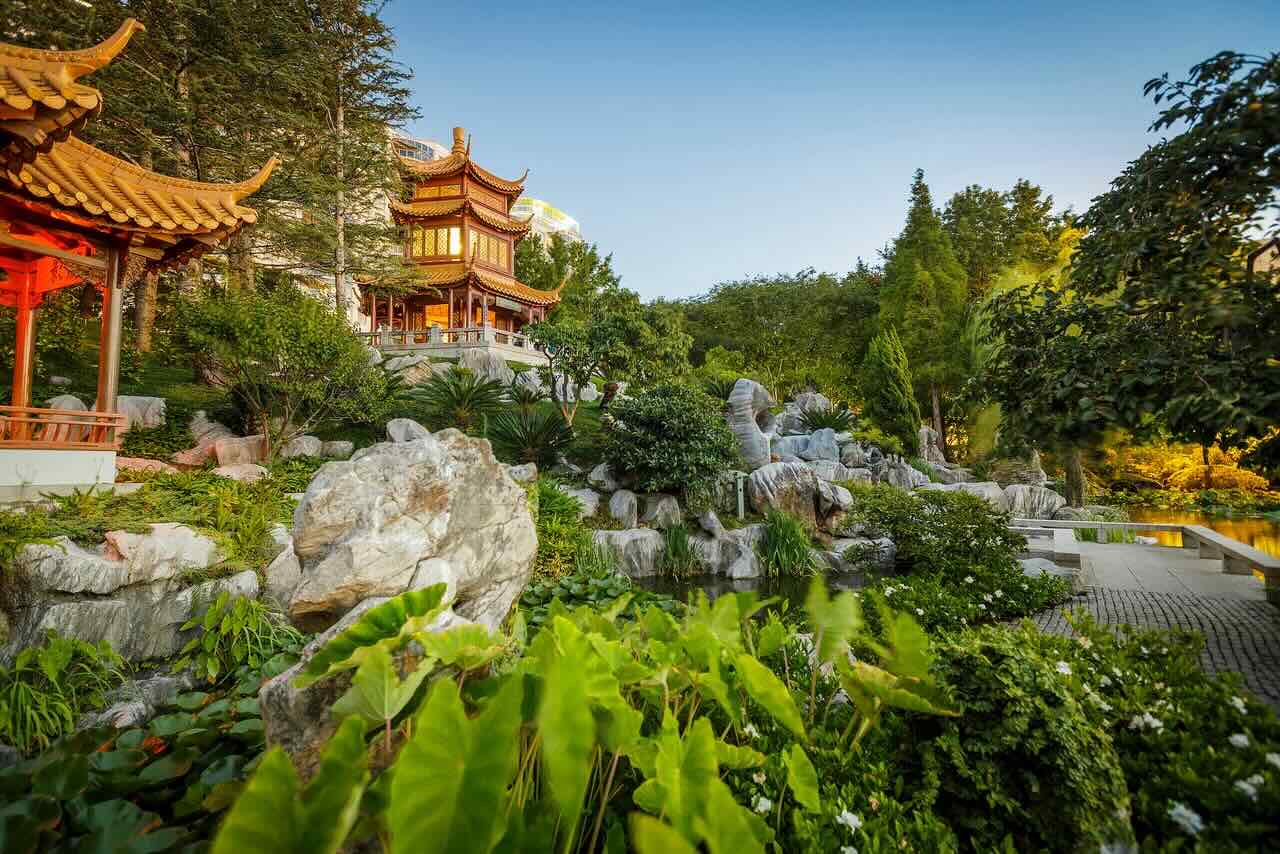

Garden Essentials
What Elements Are Found In Chinese Garden Design
Modified: March 7, 2024
Discover the essential elements of Chinese garden design and how they create harmonious and serene outdoor spaces, incorporating traditional elements and principles of Feng Shui. Explore the beauty of these tranquil gardens.
(Many of the links in this article redirect to a specific reviewed product. Your purchase of these products through affiliate links helps to generate commission for Storables.com, at no extra cost. Learn more)
Introduction
Welcome to the enchanting world of Chinese garden design. With a rich history spanning thousands of years, Chinese gardens are not just landscapes; they are spaces where nature and art are harmoniously blended. These gardens are meticulously crafted, using a careful selection of elements to create a serene and balanced environment.
The tradition of Chinese garden design dates back to the Shang Dynasty in 16th century BC, and has evolved over time to incorporate various philosophical and artistic influences. Today, Chinese gardens continue to captivate people around the world with their aesthetic beauty and profound symbolism.
In this article, we will delve into the key elements found in Chinese garden design and explore the principles that make these gardens so unique. From the use of water features to the integration of architectural structures, from rocks and mountains to plant selection and arrangement, every element in a Chinese garden is purposefully chosen to create a harmonious and tranquil space.
Join us on this journey as we uncover the captivating world of Chinese gardens, and discover the secrets behind their timeless allure.
Key Takeaways:
- Chinese gardens blend nature, art, and symbolism to create serene and harmonious spaces. Elements like water, rocks, and plants are carefully chosen to reflect cultural values and promote tranquility.
- Feng Shui principles are integrated into Chinese garden design to promote positive energy flow and balance. Water features, rock formations, and plant selection are thoughtfully arranged to create a nurturing and harmonious environment.
Historical Background of Chinese Garden Design
Chinese garden design has a deep-rooted history that can be traced back thousands of years. The earliest recorded gardens date back to the Shang Dynasty in 16th century BC, where they were primarily used for religious rituals and to cultivate medicinal herbs.
However, it was during the Tang Dynasty (618-907 AD) that the concept of elaborate gardens began to take shape. The emperors of this period were known for their love of nature and sought to create tranquil retreats within their palaces. These gardens were carefully designed to mimic the natural landscapes of mountains, rivers, and forests, and were often referred to as “landscape paintings in three dimensions.”
During the Song Dynasty (960-1279 AD), the art of Chinese garden design reached new heights. Scholars and artists held a deep appreciation for nature and sought to create gardens that reflected the harmony and balance found in the natural world. The gardens of this era were characterized by their meticulous attention to detail, with carefully arranged pavilions, bridges, and water features.
One of the most famous examples of Chinese garden design is the Imperial Garden of the Forbidden City in Beijing. Built during the Ming Dynasty (1368-1644 AD), this garden covers an area of 12 hectares and showcases the splendor and grandeur of traditional Chinese architecture.
Today, Chinese garden design continues to evolve, blending traditional elements with modern aesthetics. Throughout history, these gardens have served as spaces for relaxation, meditation, and contemplation, offering a sanctuary from the bustling city life. The influence of Chinese garden design can be seen in various parts of the world, from lavish private estates to public parks.
As we explore the key principles and elements of Chinese garden design, it is important to keep in mind the rich historical background from which these gardens emerge. Each garden tells a story, a testament to the deep appreciation and reverence for nature that runs through Chinese culture.
Key Principles of Chinese Garden Design
Chinese garden design is guided by several key principles that have been developed and refined over centuries. These principles are rooted in Chinese philosophy and aim to create a harmonious and balanced space where nature, architecture, and symbolism coexist. Let’s explore some of these key principles:
- Unity of Man and Nature: Central to Chinese garden design is the idea of creating a seamless connection between humans and the natural world. Chinese gardens are designed to reflect the natural landscapes of mountains, rivers, and forests, blurring the boundaries between the artificial and the natural. The goal is to create an immersive experience that fosters a sense of tranquility and harmony.
- Balance and Harmony: Balance and harmony are essential aspects of Chinese garden design. The layout and arrangement of various elements, such as rocks, plants, and buildings, are meticulously planned to achieve a visual balance and create a harmonious atmosphere. This balance is achieved through the use of symmetry, proportion, and careful consideration of yin and yang energies.
- Borrowed Scenery: Chinese gardens often incorporate the concept of “borrowed scenery” or “shanshui.” Through strategically placed windows, open pavilions, and framed views, the natural surrounding landscapes are integrated into the garden design. This technique enhances the sense of depth and expands the visual space, creating a seamless transition between the garden and the larger natural environment.
- Emphasis on Water: Water is a fundamental element in Chinese garden design. It represents the flow of life and is essential for creating a tranquil and soothing atmosphere. Ponds, lakes, and streams are strategically designed to reflect the surrounding landscapes and serve as mirrors to amplify the beauty of the garden. Water features such as waterfalls and fountains are also used to create pleasing sounds and add a sense of movement and liveliness to the space.
- Symbolism and Meaning: Chinese gardens are filled with symbolism and meaning. Every element, from rocks to plants, has a deeper significance. For example, rocks symbolize mountains and represent stability, while bamboo represents resilience and longevity. Colors and patterns also hold symbolic importance. Red, for instance, symbolizes good fortune, while blue represents tranquility. These symbolic elements are carefully selected and arranged to convey specific meanings and evoke emotions.
- Architectural Integration: Architecture plays a vital role in Chinese garden design, seamlessly blending with the natural surroundings. Traditional structures such as pavilions, bridges, and teahouses are constructed using intricate craftsmanship and ornate details. These structures serve as focal points, providing shelter and viewpoints from which to appreciate the garden’s beauty. They also act as transition points, connecting different areas of the garden.
- Seasonal Beauty: Chinese gardens are designed to showcase the beauty of each season. From the vibrant blossoms of spring to the fiery hues of autumn, the gardens change throughout the year, offering a different experience with each season. The plant selection and arrangement are carefully chosen to ensure a harmonious display of colors, fragrances, and textures that evolve with the changing seasons.
- Serenity and Contemplation: Chinese gardens are spaces for serenity and contemplation. They are designed to provide a retreat from the chaotic outside world, allowing visitors to connect with nature and find inner peace. The layout of the garden, with its winding paths, hidden corners, and secluded spaces, encourages a slow and mindful exploration. Sitting areas, such as stone benches or teahouses, are strategically placed to provide tranquil spots for relaxation and reflection.
These principles form the foundation of Chinese garden design, creating harmonious and captivating spaces that celebrate the beauty and wonder of the natural world. As we delve deeper into the elements of Chinese garden design, you will discover how each principle is artfully applied to create a truly immersive and awe-inspiring experience.
Use of Water in Chinese Garden Design
In Chinese garden design, water is an essential element that adds beauty, tranquility, and symbolism to the overall composition. Water is thought to be the source of life, and its presence in the garden creates a calming and soothing atmosphere. Let’s explore the different ways water is used in Chinese garden design:
- Ponds and Lakes: Central to many Chinese gardens, ponds and lakes are carefully designed to mimic natural bodies of water. They often serve as focal points, reflecting the surrounding scenery and creating a sense of spaciousness. The placement and shape of these bodies of water are meticulously planned to ensure a harmonious flow and visual balance within the garden.
- Bridges: Bridges are a common feature in Chinese garden design and are used to cross water bodies, connecting different areas of the garden. These bridges come in various styles, from delicate and decorative to more rustic and natural-looking. They not only provide a functional purpose but also serve as aesthetic elements, adding visual interest and enhancing the overall beauty of the garden.
- Waterfalls and Cascades: To create a sense of movement and liveliness, many Chinese gardens incorporate waterfalls and cascades. These features are designed to imitate the natural flow of water over rocks and add a dynamic element to the garden. The sound of flowing water is believed to bring good fortune and enhances the peaceful ambiance of the garden.
- Fountains and Water Jets: Fountains and water jets are used in some Chinese gardens to create visual and auditory interest. These features often have intricate designs and patterns, spraying water in different directions. The rhythmic sound of water and the playfulness of the fountains add an element of joy and playfulness to the garden.
- Reflecting Pools: Reflecting pools are shallow bodies of water designed to mirror the surrounding landscape. They are often located near pavilions or important viewpoints, allowing visitors to see a mirrored image of the garden. Reflecting pools not only enhance the visual appeal of the garden but also emphasize the concept of harmony and balance between the natural and artificial elements.
- Lotus Ponds: Lotus ponds hold special significance in Chinese culture, representing purity and enlightenment. These ponds are typically filled with lotus flowers and lily pads, creating a serene and enchanting scene. The vibrant colors of the lotus flowers and the broad leaves floating on the water surface add a touch of vibrancy and elegance to the garden.
- Koi Ponds: Koi ponds are another popular water feature in Chinese gardens. These ponds are home to colorful and graceful koi fish, which have long been associated with prosperity and good luck. Watching the graceful movements of the fish in the tranquil pond is considered a calming and meditative experience.
The use of water in Chinese garden design goes beyond its aesthetic appeal. It is deeply rooted in Chinese philosophy and symbolism, representing the flow of life, renewal, and balance. The sight and sound of water in the garden create a serene and peaceful ambiance, providing a sanctuary for contemplation and relaxation. Whether it’s a tranquil pond, a cascading waterfall, or a reflective pool, water plays a vital role in creating the harmonious and immersive experience of a Chinese garden.
Importance of Rocks and Mountains in Chinese Garden Design
In Chinese garden design, rocks and mountains hold a significant place as essential elements that contribute to the overall aesthetic and symbolism of the garden. Here, we will explore the importance of rocks and mountains in Chinese gardens:
Spiritual Significance: Rocks and mountains in Chinese garden design carry spiritual symbolism and are often seen as the embodiment of nature’s strength and resilience. They represent stability, longevity, and the unyielding spirit of the natural world. Rocks are carefully selected based on their unique shapes, textures, and colors, and are strategically placed to create a sense of natural beauty and grandeur.
Imitating Natural Landscapes: Chinese gardens aim to recreate the natural landscapes of mountains, rivers, and forests. Rocks are used to mimic mountains, both large and small, within the garden. These rocks are positioned in a way that simulates the undulating contours of mountain ranges. By imitating nature, these rocks not only add visual interest but also evoke a sense of awe and reverence for the natural world.
Contrasting Elements: Rocks and mountains in Chinese garden design provide a contrast to the softer and more delicate elements, such as plants and water features. The rugged and solid nature of rocks creates a dynamic tension within the garden, enhancing the visual appeal and creating a sense of harmony through the interplay of contrasting elements.
Arrangement and Placement: Rocks are meticulously arranged in Chinese gardens to create a sense of balance and composition. They are placed in groups or clusters, often known as “scholar’s rocks” or “pillow rocks,” where each rock has a unique shape and character. The arrangement of rocks is based on the principle of balance, ensuring a harmonious flow and visual appeal within the garden.
Symbolism and Meaning: Rocks in Chinese garden design are not merely decorative elements; they hold deep symbolic meaning. They are seen as living entities, representing the primal forces of nature. The shape, size, and color of rocks can have specific meanings. For example, a tall and upright rock may represent a person of high moral character, while a reclining rock symbolizes relaxation and leisure.
Rockeries and Grottoes: Rockeries, also known as artificial mountains, are common features in Chinese gardens. These man-made rock formations are meticulously constructed using a combination of natural and artificial rocks. They are often complemented by vegetation and water features to create a sense of harmony and balance. Grottoes, on the other hand, are caves or alcoves within the rockeries, providing hidden spaces for contemplation and escape from the outside world.
Rocks and mountains are integral to the beauty, symbolism, and philosophy of Chinese garden design. They add a sense of grandeur, stability, and natural beauty to the overall composition and evoke a deep appreciation for the power and resilience of nature. As you explore a Chinese garden, take a moment to observe and appreciate the intricately placed rocks and mountains, and the harmonious balance they bring to the space.
When designing a Chinese garden, be sure to include elements such as water features, rocks and stones, traditional architecture, and carefully chosen plants like bamboo and lotus. These elements help create a peaceful and harmonious atmosphere.
Read more: What Are The Elements Of Landscape Design
Symbolism and Meaning in Chinese Garden Design
In Chinese garden design, symbolism and meaning are intricately woven into every element, creating a deeper layer of significance and connecting the garden to the broader cultural and philosophical beliefs. Let’s explore the symbolic elements commonly found in Chinese gardens:
- Rocks and Mountains: Rocks and mountains represent stability, strength, and longevity. They symbolize the unyielding spirit of nature and are carefully selected and placed in the garden to mimic the natural landscape.
- Water: Water has profound symbolism in Chinese garden design. It represents the flow of life and serves as a source of tranquility. Water features such as ponds, lakes, waterfalls, and cascades create a calming and inspiring atmosphere, while reflecting pools symbolize harmony and balance.
- Plants and Flowers: The selection and arrangement of plants and flowers in a Chinese garden are not merely design choices; they carry symbolic meanings. Bamboo, for example, represents resilience and longevity, while pine trees symbolize perseverance. Plum blossoms symbolize resilience in the face of adversity, while lotus flowers represent purity and enlightenment.
- Colors: Colors are carefully chosen in Chinese garden design to convey specific meanings. Red, symbolizing good fortune and happiness, is often used in architectural elements and plants. Yellow represents royalty and wealth, while blue and green represent tranquility and harmony. White symbolizes purity and innocence.
- Architecture: Architectural structures, such as pavilions and bridges, hold symbolic significance in Chinese gardens. They serve not only as functional elements but also as symbols of human interaction with nature. These structures are often designed with intricate details, representing prosperity and cultural identity.
- Statues and Sculptures: Statues and sculptures of mythical creatures, such as dragons and lions, are commonly found in Chinese gardens. They embody power, protection, and auspiciousness. Additionally, depictions of immortals and deities are often incorporated to symbolize spirituality and offer blessings to the garden and its visitors.
- Paths and Walkways: The layout of paths and walkways in a Chinese garden is not random; they are designed to guide visitors through the garden and create a harmonious flow. Curved paths represent flexibility and a sense of exploration, while straight paths symbolize order and discipline.
- Gateways and Entrances: Gateways and entrances in Chinese garden design serve as transition points between the outside world and the inner sanctuary of the garden. Elaborate gates with intricate designs often symbolize good fortune and protection. The act of passing through a gate signifies leaving behind worldly distractions and entering a serene and contemplative space.
The symbolism in Chinese garden design serves to create a deeper connection between nature, spirituality, and the human experience. Each element is carefully chosen and arranged to convey specific meanings and evoke emotions. As you explore a Chinese garden, pay attention to these symbolic details, and allow yourself to be immersed in the rich cultural and philosophical tapestry of the garden.
Integration of Architecture in Chinese Garden Design
Chinese garden design seamlessly integrates architecture with the natural environment, creating a harmonious and balanced space where the man-made and the natural coexist. The architecture in Chinese gardens serves both functional and aesthetic purposes, enhancing the overall beauty and cultural significance of the garden. Let’s explore how architecture is integrated into Chinese garden design:
Pavilions and Tea Houses: Pavilions and tea houses are key architectural structures found in Chinese gardens. With their elegant designs and intricate details, they offer shelter and provide viewpoints for admiring the garden’s beauty. These structures are often strategically placed, overlooking the water or nestled among lush vegetation, to create a tranquil and restful atmosphere. They serve as spaces for relaxation, contemplation, and social gatherings.
Bridges: Bridges play a crucial role in Chinese garden design, connecting different areas of the garden and facilitating movement. These bridges come in various styles, from simple stone slabs to elaborate arches. They are constructed using traditional building techniques and materials, often blending harmoniously with the natural surroundings. Bridges also add a visual element of interest, creating focal points and enhancing the overall aesthetics of the garden.
Gates and Entrances: Gates and entrances in Chinese garden design are designed to create a sense of transition and separation from the outside world. Elaborate gates, known as “moon gates” or “spirit gates,” are often adorned with ornate carvings and serve as focal points. Passing through these gates signifies entering a sacred and peaceful space, leaving behind the distractions of the outside world.
Walls and Enclosures: Walls and enclosures in Chinese garden design serve multiple purposes. They provide privacy and create a sense of seclusion, shielding the garden from the outside world. These walls are often adorned with intricate patterns, carvings, or paintings, showcasing the craftsmanship and artistic ingenuity of Chinese culture. Additionally, they act as a backdrop, enhancing the visual impact of the garden’s elements.
Artistic Details: Chinese garden architecture is characterized by its attention to detail and ornate craftsmanship. From decorative roof tiles and eaves to intricate carvings on columns and beams, every architectural element is meticulously designed. These artistic details often feature traditional motifs, such as dragons, phoenixes, lotus flowers, and auspicious symbols, adding cultural significance and visual interest to the overall design.
Harmony with Nature: The architecture in Chinese garden design is carefully planned to blend harmoniously with the natural environment. Traditional materials, such as timber, stone, and clay, are used to create structures that complement the surrounding landscape. The design considers the natural elements, such as the direction of sunlight and the flow of wind, to ensure the architecture fits seamlessly into the garden and enhances the overall ambiance.
Functional Considerations: In addition to their aesthetic appeal, the architectural structures in Chinese gardens serve practical purposes. Pavilions provide shade and shelter, tea houses offer a place for relaxation and refreshments, and bridges enable easy navigation through the garden. The architecture is designed to enhance the visitor’s experience and provide functional spaces that harmonize with the garden’s beauty.
Overall, the integration of architecture in Chinese garden design is a testament to the skill, creativity, and cultural significance of traditional Chinese craftsmanship. The architecture not only adds visual interest and functional spaces but also contributes to the overall sense of tranquility, harmony, and cultural identity found in these remarkable gardens.
Plant Selection and Arrangement in Chinese Garden Design
Plant selection and arrangement play a crucial role in Chinese garden design, as they contribute to the overall atmosphere, symbolism, and aesthetics of the garden. The careful selection and thoughtful placement of plants enhance the natural beauty and balance of the space. Let’s explore how plants are chosen and arranged in Chinese gardens:
Suitability to the Environment: Plants chosen for Chinese gardens are selected based on their ability to thrive in the local climate and conditions. Native plants are often preferred, as they are better adapted to the environment and can be easily maintained. The goal is to create a sustainable and resilient garden that can withstand the test of time.
Symbolism and Meaning: Plant selection in Chinese garden design is often imbued with symbolism and meaning. Each plant has its own significance and is chosen based on its associations with specific virtues or qualities. For example, bamboo represents resilience and flexibility, while pine trees symbolize perseverance. Plum blossoms are associated with resilience in the face of adversity, while lotus flowers represent purity and enlightenment.
Seasonal Beauty: Chinese gardens are designed to showcase the seasonal variations in plant life. Careful consideration is given to the timing and selection of plants, ensuring that the garden is in bloom throughout the year. From the vibrant blossoms of spring to the fiery hues of autumn, the changing seasons bring a new range of colors, fragrances, and textures to the garden.
Texture and Form: In Chinese garden design, the texture and form of plants are carefully considered to create a visually appealing composition. A mixture of plant heights, shapes, and leaf textures adds depth and variety to the garden. Delicate flowers, feathery grasses, and textured foliage are combined to create a tapestry of visual interest.
Bonsai and Topiary: The art of bonsai and topiary is highly regarded in Chinese garden design. Bonsai trees are carefully cultivated to resemble miniature versions of natural trees, while topiary involves shaping and pruning shrubs into geometric or animal-like forms. These techniques add a sense of artistry and precision to the garden, creating focal points and enhancing the overall aesthetics.
Arrangement and Groupings: The arrangement of plants in Chinese gardens follows principles of balance, harmony, and proportion. Plants are grouped together in clusters or arranged symmetrically to create visual balance. Layering is also employed, with taller plants placed towards the back and shorter ones towards the front, to create depth and a sense of perspective.
Contrasting Elements: Chinese garden design often incorporates a contrast of plant elements. The juxtaposition of light and dark foliage, delicate and bold blooms, and fine and coarse textures creates a vibrant and dynamic visual experience. This contrast adds visual interest, capturing the essence of yin and yang, and creating a harmonious balance within the garden.
Functional Considerations: In addition to their aesthetic appeal, plants in Chinese gardens may serve functional purposes. For example, strategically placed trees and shrubs can provide shade and privacy, while fragrant plants can add sensory pleasure. Plants may also be used to create distinct garden areas, such as orchards, meditation gardens, or medicinal herb gardens.
Edible and Medicinal Plants: Chinese gardens often incorporate edible and medicinal plants, reflecting the cultural and historical significance of these plants in Chinese society. Fruit trees, vegetables, and herbs are grown not only for their beauty but also for their practical use in cooking, tea-making, and traditional medicine.
Plant selection and arrangement in Chinese garden design go beyond mere aesthetics; they embody the deeper meanings, cultural values, and artistic expressions associated with nature. The careful selection, placement, and maintenance of plants contribute to the serene and harmonious atmosphere that defines Chinese gardens.
Elements of Feng Shui in Chinese Garden Design
Feng Shui, an ancient Chinese practice, is often integrated into the design of Chinese gardens to create spaces that promote harmonious energy flow and balance. Feng Shui principles guide the arrangement of elements in the garden, ensuring that the energy, or chi, flows in a beneficial and balanced manner. Let’s explore some key elements of Feng Shui in Chinese garden design:
Layout and Orientation: The layout and orientation of a Chinese garden are crucial in Feng Shui. The garden is planned to maximize the flow of chi, taking into account factors such as sunlight, wind patterns, and water features. The placement of buildings, pathways, and entranceways is thoughtfully considered to optimize the movement of energy throughout the garden.
Water features: Water features, such as ponds, lakes, and waterfalls, play a significant role in Feng Shui garden design. Water symbolizes wealth, prosperity, and vitality. It is positioned strategically to encourage the flow of positive chi. The sound and movement of water are believed to bring good fortune and serenity to the garden.
Rock formations: Rocks in Chinese gardens, known as “scholar’s rocks” or “spirit stones,” are carefully selected and placed to enhance the Feng Shui of the space. Rocks represent stability and grounding energy. They are positioned in a way that complements the flow of water and other natural elements to create a harmonious balance of yin and yang energies.
Plant selection: Plant selection in Feng Shui garden design is considered in terms of their energy and symbolism. Lush, healthy plants are preferred, as they represent vitality and growth. The arrangement of plants follows Feng Shui principles, ensuring a balance of yin and yang energies. Plants with rounded leaves, such as bamboo and jade plants, are believed to promote positive energy flow.
Color harmony: Colors are chosen carefully in Feng Shui garden design to promote a harmonious energy flow. Each color carries specific energies and symbolism. For example, red represents passion and vitality, while green symbolizes growth and balance. The combination of colors in the garden is balanced to create a visually appealing and energetically balanced space.
Symbols and ornaments: Feng Shui gardens often incorporate symbolic objects or ornaments to enhance positive energy. These may include statues or depictions of mythical creatures, such as dragons or foo dogs, which are believed to offer protection and auspicious energy. Wind chimes, lanterns, and other decorative elements can also be included to promote positive energy flow.
Paths and walkways: The design and layout of paths and walkways in the garden are essential in Feng Shui garden design. Curved paths are favored, as they promote the smooth flow of energy. Straight paths can be balanced with the addition of curves or landscaping features. The paths are designed with comfortable widths and appropriate materials to encourage a natural and inviting flow of chi.
Open space and clarity: Feng Shui gardens emphasize the importance of open space and clarity. Clutter is minimized and the garden is kept tidy to allow the free flow of energy. Well-maintained spaces, clear views, and open areas create a sense of tranquility and allow energy to circulate unhindered.
Balanced elements: Feng Shui garden design seeks to create a balanced representation of the five elements: wood, fire, earth, metal, and water. Each element represents different energies and is associated with specific colors and shapes. Balancing these elements is believed to enhance the beneficial flow of energy and create harmony in the garden.
Incorporating Feng Shui principles in Chinese garden design enhances the overall energy and harmonious flow of the space. These elements aim to create a nurturing and balanced environment, bringing positive energy, serenity, and harmony to those who enter the garden.
Conclusion
Chinese garden design is a captivating art form that combines nature, symbolism, and cultural heritage to create harmonious and serene spaces. The rich history and philosophical underpinnings behind Chinese gardens have shaped their distinctive elements and principles, influencing garden design around the world.
Throughout this article, we have explored the historical background of Chinese garden design, the key principles that guide their creation, and the significance of their various elements. From the use of water features and the integration of rocks and mountains to the symbolism behind plant selection and the incorporation of Feng Shui principles, every aspect of Chinese garden design is carefully considered and crafted to create a balanced and harmonious environment.
Chinese gardens serve not only as beautiful landscapes, but also as spaces for reflection, contemplation, and connection with nature. These gardens invite us to slow down, immerse ourselves in tranquility, and appreciate the intricate details that reflect a deep reverence for the natural world.
As you explore a Chinese garden, take a moment to appreciate the meticulous arrangement of plants, the soothing sounds of water, the symbolic meaning behind each element, and the integration of architecture that seamlessly blends with the surrounding landscape. Allow yourself to be transported to a place where time stands still, and the beauty of nature unfolds in all its glory.
Whether you are strolling along a winding path, pausing to admire a carefully placed rock, or finding solace in a traditional pavilion, let the enchantment of Chinese garden design inspire you to seek harmony, find serenity, and reconnect with the natural world.
Experience the magic of these gardens, and in doing so, discover a deeper understanding and appreciation for the artistry, philosophy, and cultural traditions that have shaped Chinese garden design for millennia.
Frequently Asked Questions about What Elements Are Found In Chinese Garden Design
Was this page helpful?
At Storables.com, we guarantee accurate and reliable information. Our content, validated by Expert Board Contributors, is crafted following stringent Editorial Policies. We're committed to providing you with well-researched, expert-backed insights for all your informational needs.
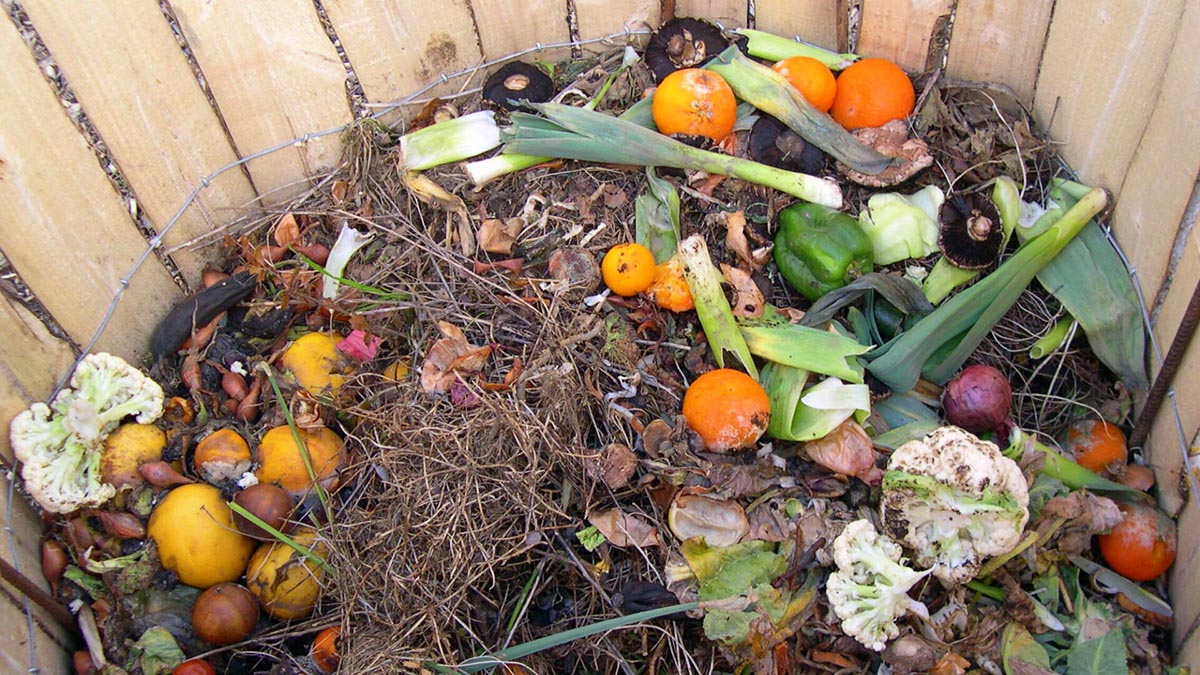
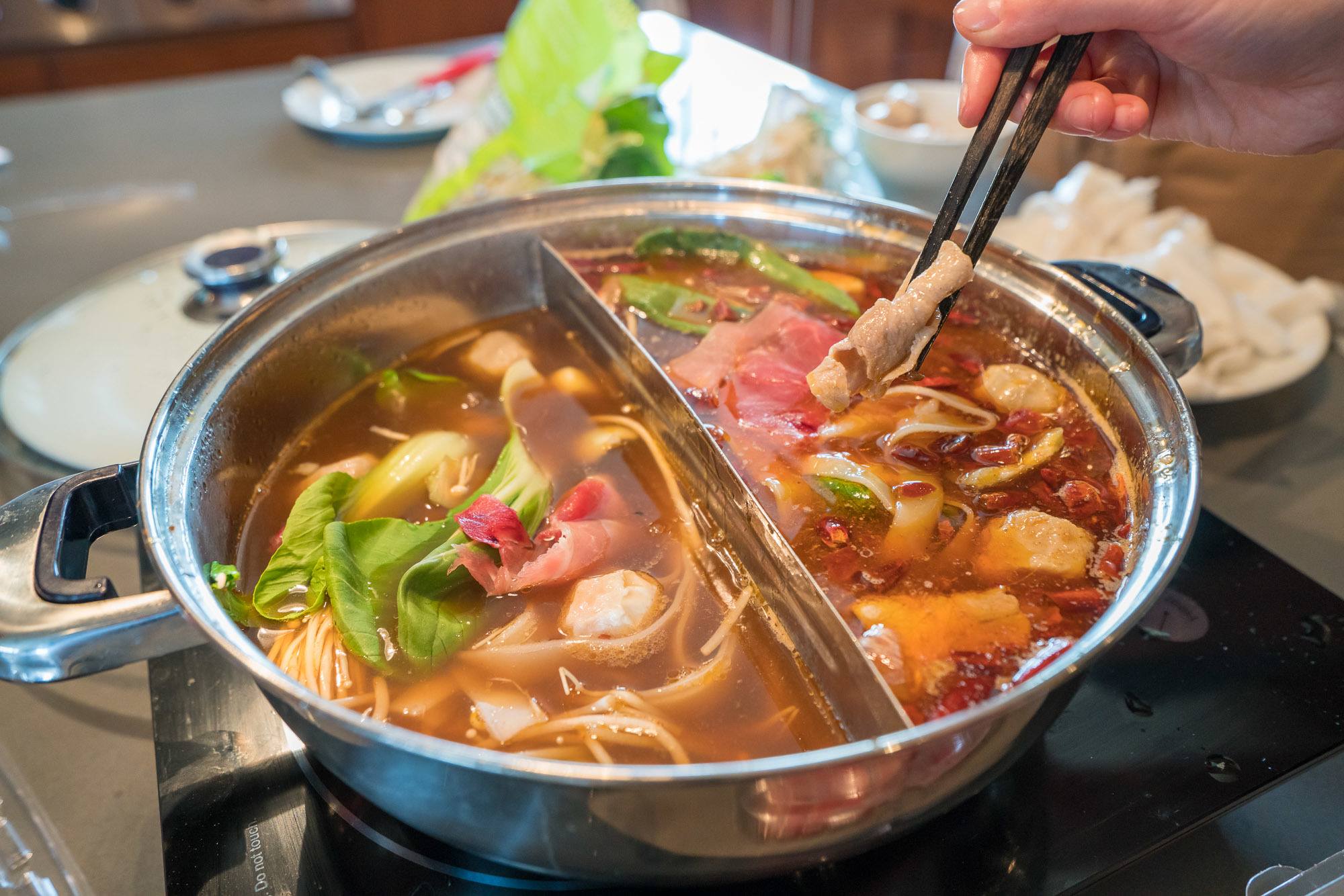

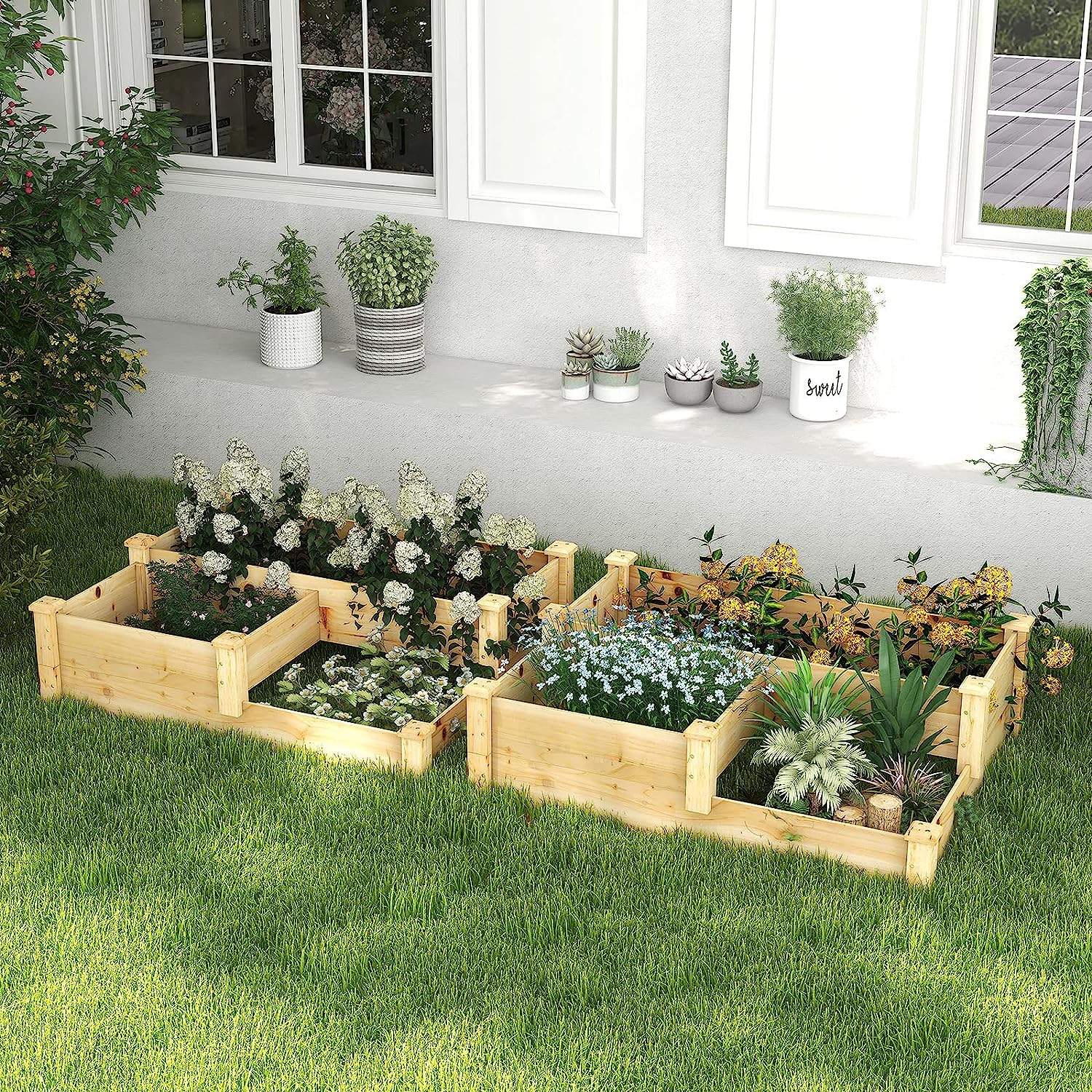
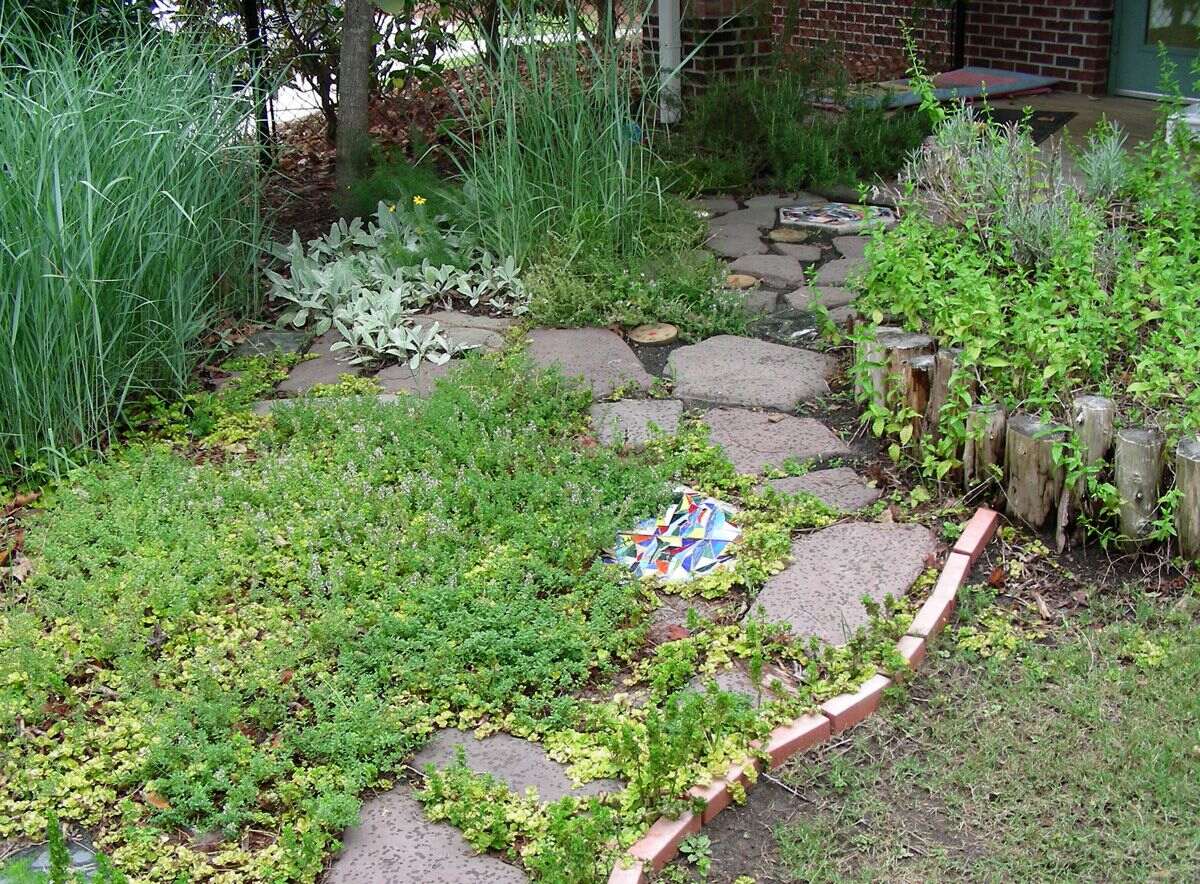
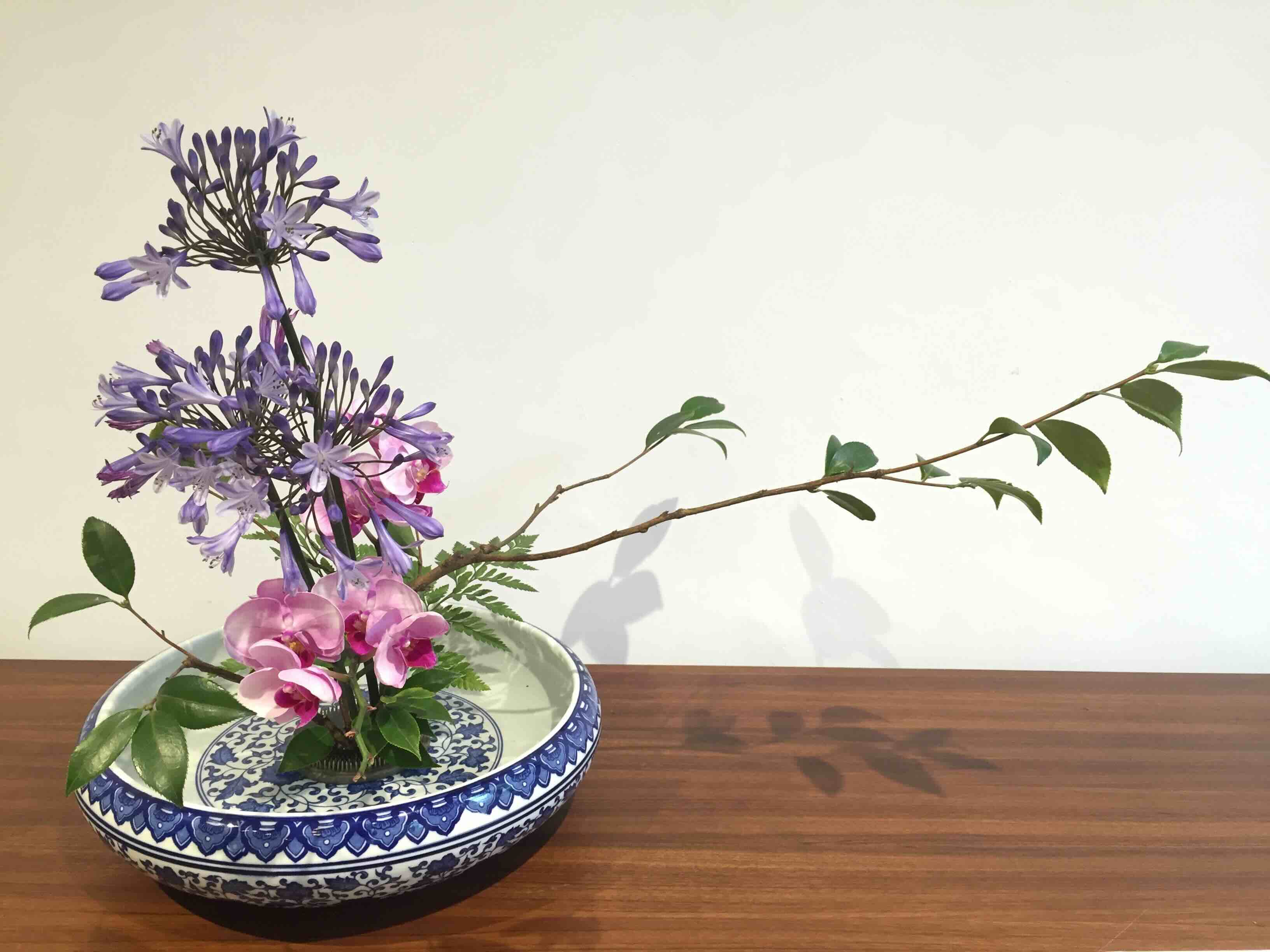
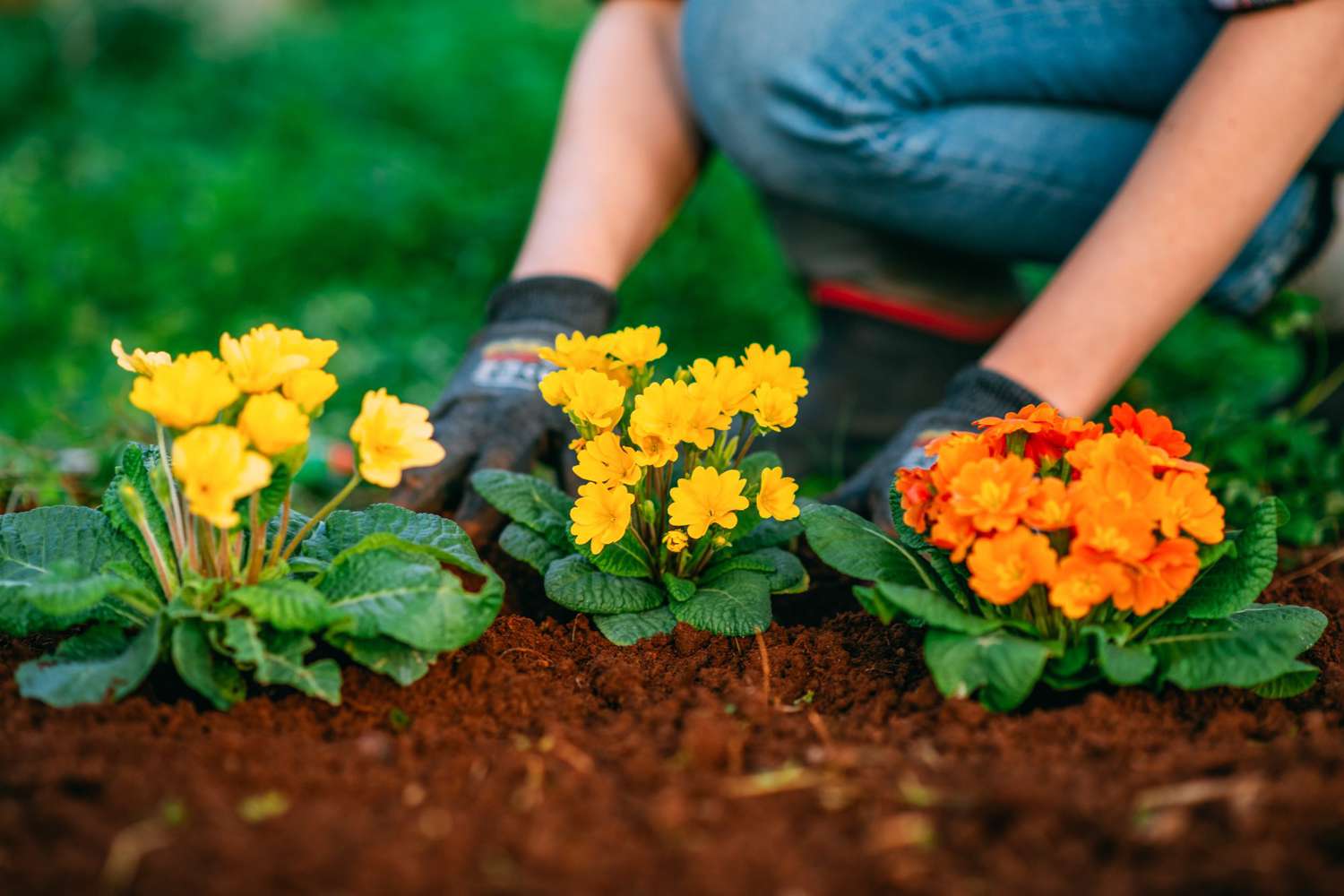
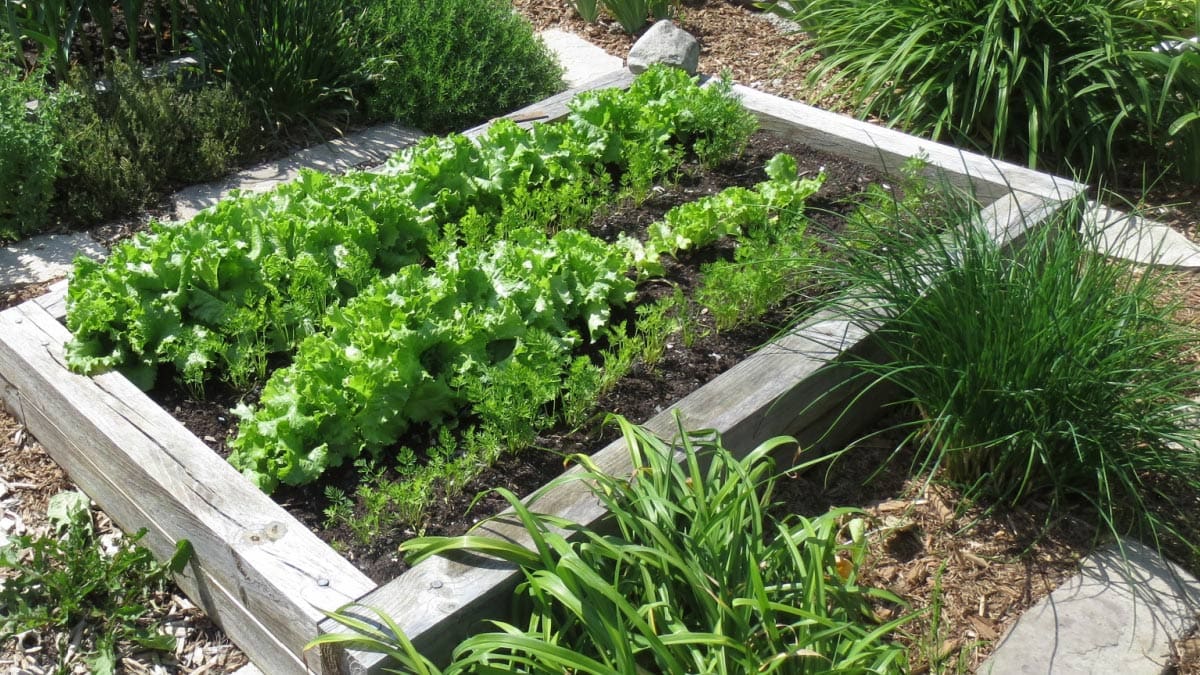
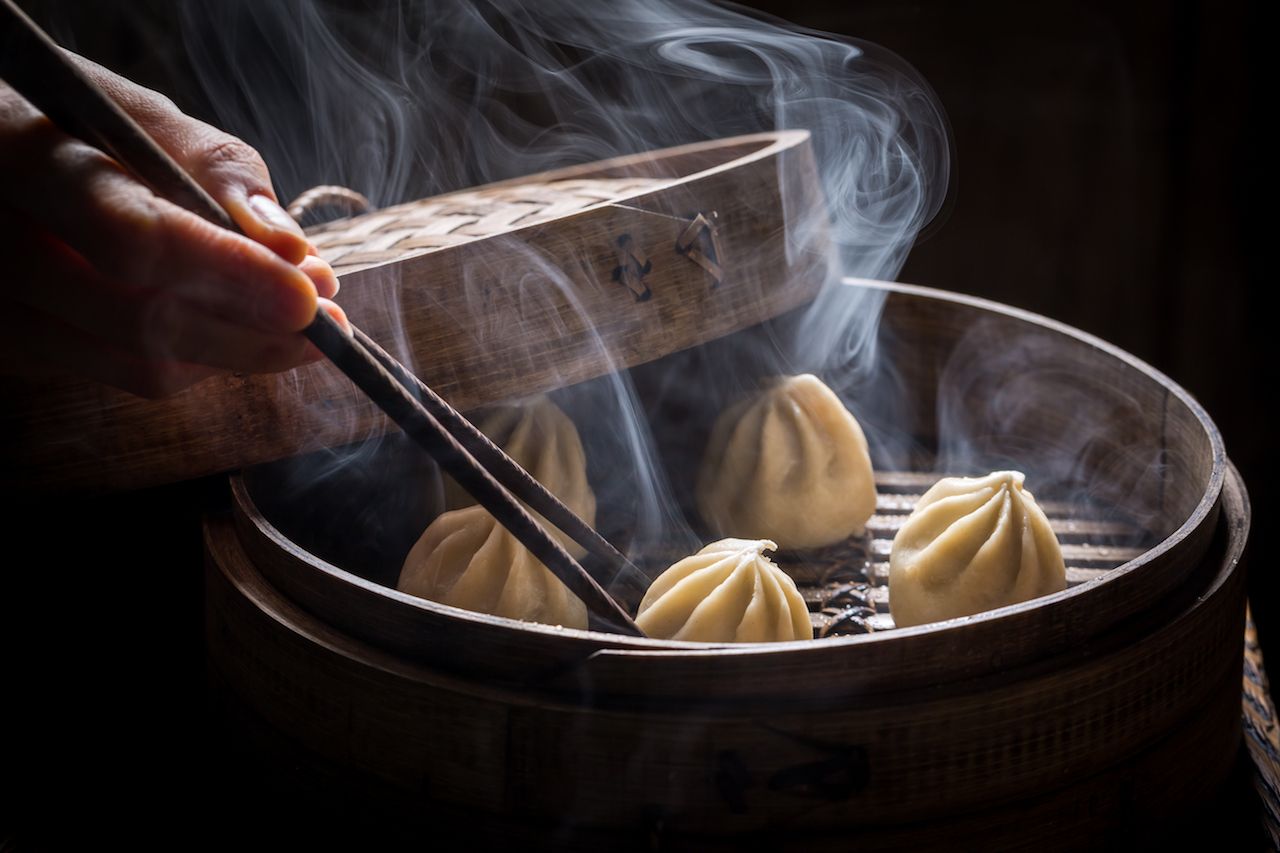


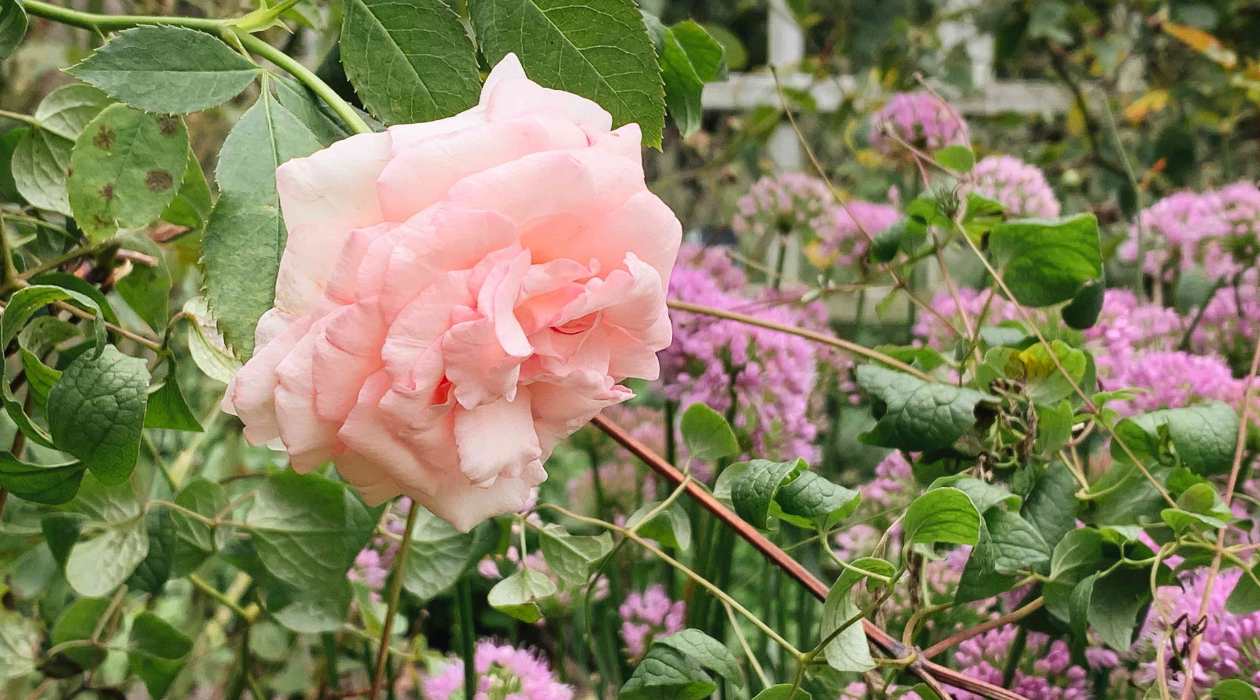
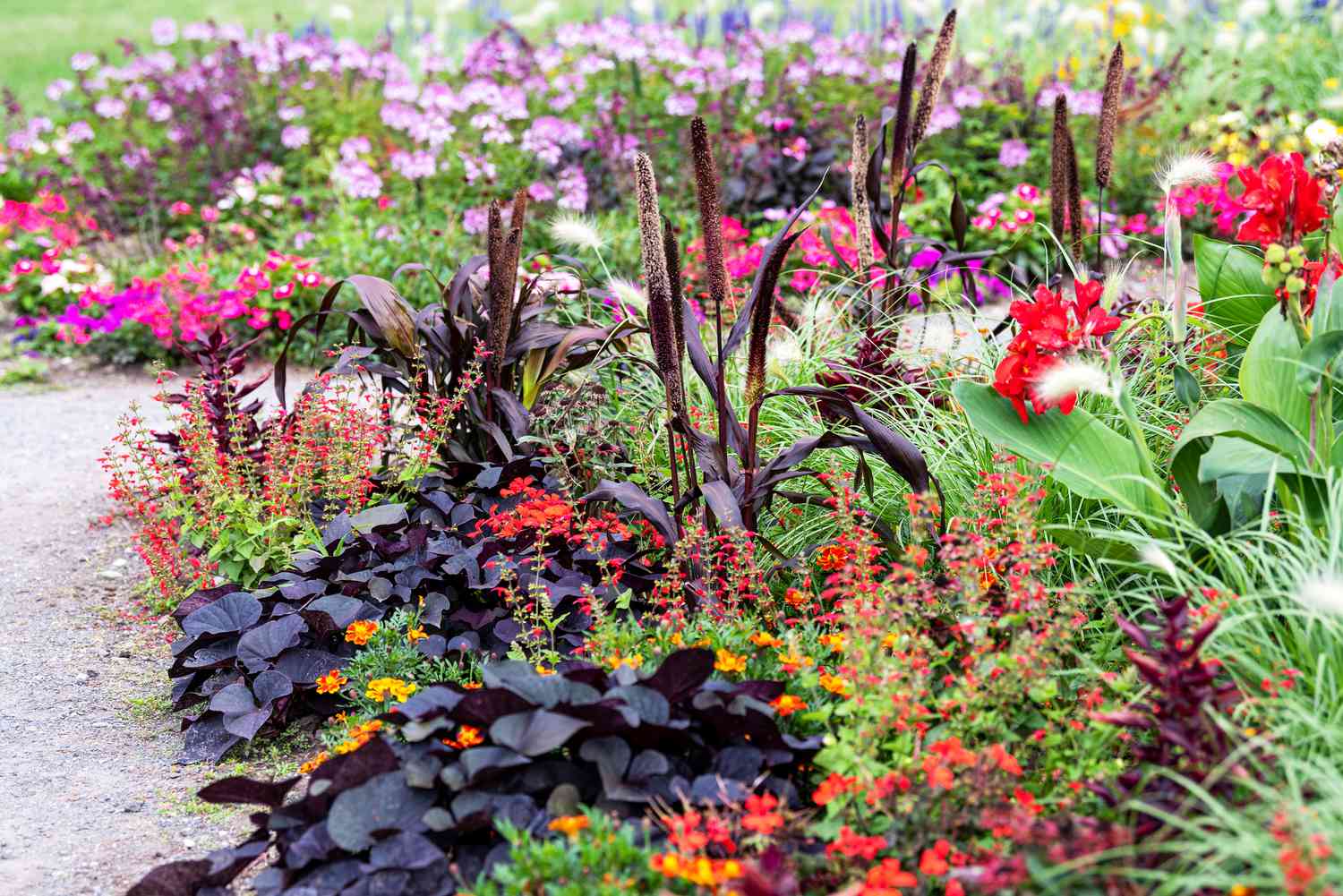

0 thoughts on “What Elements Are Found In Chinese Garden Design”